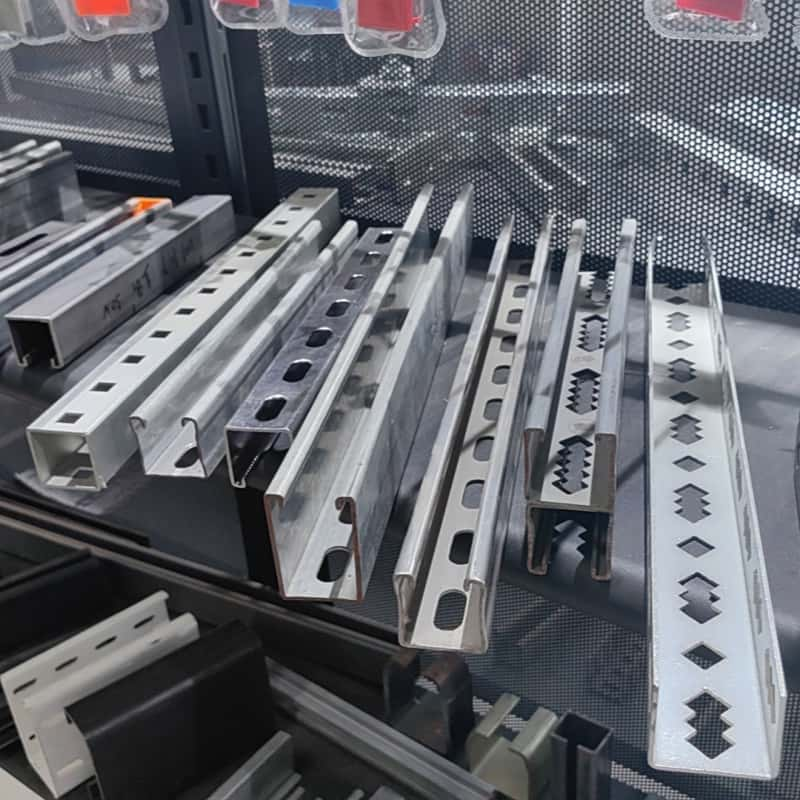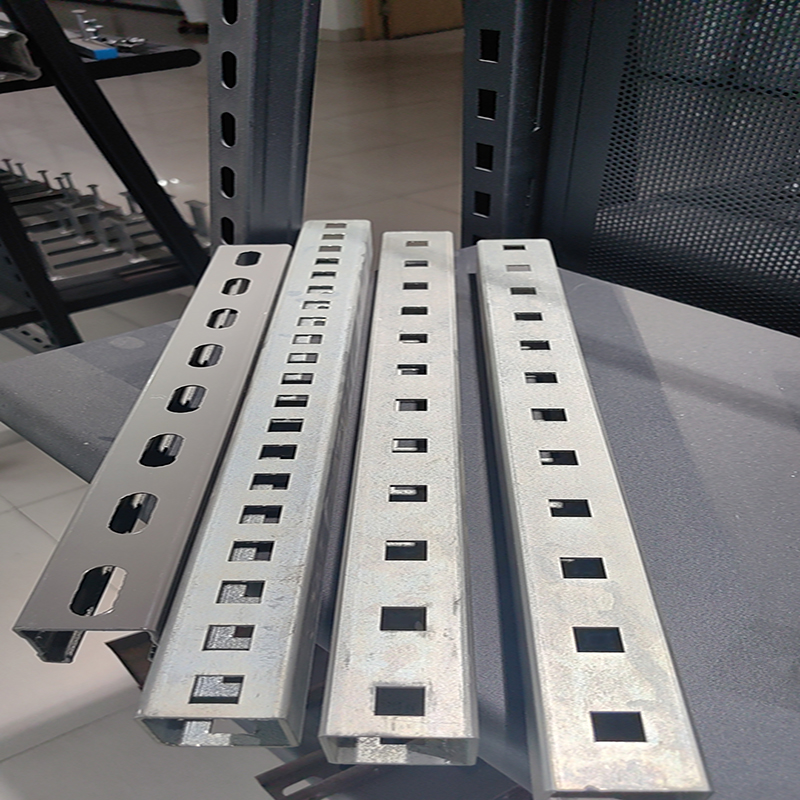Steel channels are an essential component of the construction and manufacturing industries, known for their versatility and strength. Shaped like a “C” or “U,” these structural elements are used in a variety of applications from building frames to support beams. Understanding the strength of steel channels is critical for engineers, architects, and builders when designing structures that require durability and stability.
The strength of a steel channel is determined by a number of factors, including its material properties, dimensions, and the specific loads it is designed to withstand. Steel, as a material, is known for its high tensile strength, which allows it to withstand large forces without deforming. The yield strength of structural steel is typically between 250 MPa and 350 MPa, depending on the grade of steel used. This means that a steel channel can support heavy loads while maintaining its structural integrity.
The size of a steel channel plays a vital role in its strength. Channels come in a variety of sizes, with varying flange widths, heights and thicknesses. The moment of inertia is a measure of an object’s resistance to bending and is a key factor in determining how much load a channel can withstand. The greater the moment of inertia, the stronger the channel is and how well it can resist bending under load. Engineers often refer to standardized tables that provide the properties of different steel channel sizes, allowing them to select the right channel for a specific application.
The load-bearing capacity of a steel channel is affected by its orientation and the type of load it is subjected to. When a channel is oriented vertically, it can effectively support axial loads, while a horizontal orientation is better suited to resisting bending moments. In addition, the type of load, whether static (constant) or dynamic (changing), will also affect the performance of the channel. For example, a steel channel used in a bridge must be designed to withstand the dynamic loads of vehicles, while a channel used in a building frame may mainly support static loads.
Steel channels are used in a wide variety of applications due to their strength and versatility. In construction, they are used as beams, columns, and brackets to provide the necessary support for structures. In manufacturing, they are often used to create machinery and equipment. They are easily welded, bolted, or riveted, making them a top choice for many projects.
Although strong, steel channels are also susceptible to corrosion, which can weaken their structural integrity over time. To combat this, many steel channels are treated with a protective coating or are made from galvanized steel, which increases their resistance to rust and extends their service life. Regular maintenance and inspections are essential to ensure that steel channels remain strong and functional throughout their service life.
In summary, steel channels are an extremely strong structural element that play a vital role in a variety of industries. Their strength is affected by material properties, dimensions, and loading conditions. By understanding these factors, engineers and builders can effectively utilize steel channels to create safe and durable structures. Whether in construction, manufacturing, or other applications, the strength of steel channels makes them an indispensable component of modern engineering.
→ For all products,services and up to date information,please contact us.
Post time: Feb-08-2025



